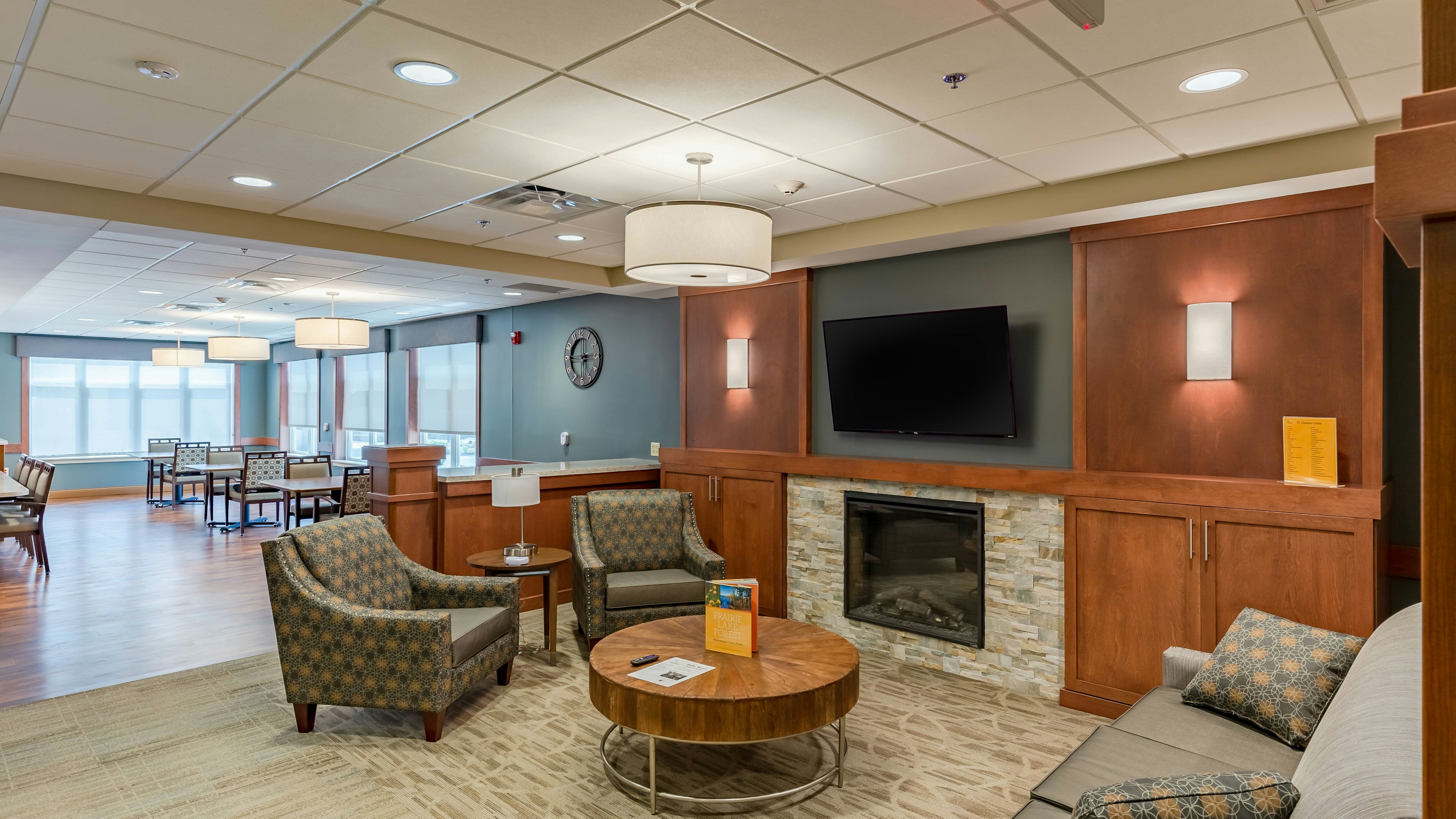
Illumination is vital in our daily lives, regardless of age. By the time we are 40, we usually require twice as much light. By 60, we need three times as much light. As we age, the shape of the eye changes, causing visual problems. When designing spaces for the elderly, it is essential to consider the following:
• Indirect lighting gives a residential feel and is less harsh on older eyes
• Slider dimmers or push buttons are more manageable for seniors to use
• Light in reading areas should be a minimum of 75 foot-candles in a cool, adjustable color
• Lighting should provide even illumination and avoid black spots on floors or walls
In spaces designed for the elderly, good lighting creates more independence. Spaces with good, natural light help reduce falls, increase socialization, and stimulates positive physical and mental health. The elimination of glare is also essential, as it can lead to agitation and headaches to the sensitive, aging eye. Light levels need to be developed so the eye can adapt and maintain visual acuity. The use of LED lighting in transitional and multi-use spaces is another way to provide consistent lighting for the senior eye. When good lighting practices are utilized, residents require fewer medications and have a higher sleep quality.